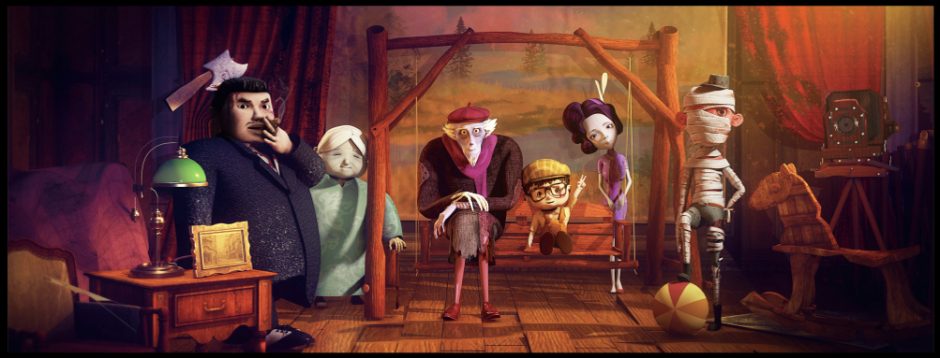A zoetrope is one of several pre-film animation devices that produce the illusion of motion by displaying a sequence of drawings or photographs showing progressive phases of that motion. It is a drum with sequential animation stills facing inward around the circumference. The viewer peers through equally spaced viewing slots toward the images on the opposite wall. An open top allows light to enter and illuminate the images. As the drum spins, the slits provide broken views of the drawings or photographs, creating a strobe effect and the illusion of a moving image.
In Maya, it is convenient and fast to attach the material of image sequence to the object to form the special effect of explosion or lightning. It does not need a lot of calculation to create the real explosion, but uses the plane to form the three-dimensional effect. Because the particle solution is really time-consuming, it works very well and can be viewed in real time. The important thing is that there are many resource packages on the Internet, at least enough for previs.
When using an image sequence, you can keyframe the Image Number value (it’s automatically keyed to 1 by default). In addition, you can offset the Image Number keyframe by entering a frame number in Frame Offset.
In order to render this image sequence as a movie and a texture we need to perform these:
- Assign a file node to a shader
- Assign the first frame of the image sequence to the file node
- Turn on Use Image Sequence attribute in the file node
- Notice that this automatically creates a linked connection to the Image Number attribute
- Changing the Frame Offset changes when the first frame of the image sequence will exist
How to make Maya texture with image sequence (details)
When you give a material to an object, you can select any image in the sequence, and then under the file node, check use image sequence, and it will automatically read the relevant sequence diagram. In this method, the first frame reads the picture sequence as 1, the second frame reads the picture sequence as 2, the third frame reads the picture sequence as 3, and so on. That is to say, the number of played frames is related to the picture sequence number, because the following image number setting is related.



Therefore, there are two things to pay attention to when importing sequence frames. One is that there is a strict requirement for the sequence number of the picture, which is the sequence picture, but the sequence number cannot be 001, 002, 003, etc., so that the first one with 0 in front is 1, the second one must be 2, it cannot be 02 or 002, etc., and the tenth one is 10. The naming format must follow Maya’s naming rules for sequence images. If you only have 100 sequence pictures, then there is no sequence picture after the animation plays to 100 frames.

The next parameter is frame offset, which is the frame offset. The default value is 0. When it is set to 1, the frame image of the playback sequence will be shifted backward for a while. When the playback sequence is 2 in the first frame, and so on.
https://www.toolfarm.com/news/freebie_free_vfx_image_sequences_flipbooks_from_unity_labs/
How to make alpha image to use it in Maya
Imported the sequence frame or picture with colour into PR or PS, making it only black and white and use the reverse to make reservation and abandonment. Black is the transparent part and white is the opaque part.
Save the map with alpha channel in TGA or TIFF format, and then paste the map on the model.

color 
alpha

color 
alpha
How to use VFX image sequence as texture in maya
Images with alpha files (standardsurface)
- Create the plane or other object
- Give the plane a new material
- Change base> color to file and give the sequence image and click the use image sequence
- Geometry>Opacity>give the alpha images
- Invert if necessary
- Go to the planeshape>arnold>Opaque>unselect
- With the arnold render
Images with alpha files (lambert)
- Create the plane or other object
- Give the plane a new material
- Change color to file and give the sequence image (exr/png) with colour and click the use image sequence
- Right click the transparency and break the connection
- Give the transparency the sequence image of the alpha ( black and white only ) and click the use image sequence
- Invert if necessary
- With the hardware render


color 

alpha 
invert 
render
Effect with time offest
Way1 — use Frame Offest (both color and alpha)
- -20 means start 20 frame later 0 frame
- 20 means start 20 frame before 0 frame
Way2 — Adjust key frames
- Right click the Image number> Delete Express
- Go to frame1 and input 1 > right click Set Key
- Go to frame100 and input 100 (Effect duration) > right click Set Key
- Go the same both in color and Transparency
- Go to the graph editor and select the relevant material and there will be a curve
- Change the curve to the straight line (optional)
- Drag the curve to adjust the start frame even the speed
Final effect
